Eco-design & eco-manufacturing of NodOn products
Whether we are ordinary citizens, committed activists or industrialists, we are all now aware of the climate emergency that surrounds us.
It is therefore essential that this climate emergency, often illustrated by compliance with the Paris agreements – even if it is not ONLY CO2 – be a determining element in the strategy of any company in 2023, all the more so for a productive company like NodOn.
As a reminder, the Paris agreements, for the industrial sector, are:
- 35% reduction in our greenhouse gas (GHG) emissions by 2030
- 80% reduction in our GHG emissions by 2050


Produce better, produce usefully and produce less
I will have the opportunity to write an article on the specific subject of "producing usefully" at NodOn in the coming weeks (energy saving, energy awareness, energy efficiency of buildings, etc.), but today I would like to focus on the first subject, which is that of "producing better".
Let's be clear from the start. Producing it better is not an end in itself, but a first step towards producing it usefully (and then, towards producing it less). It is not a question of putting green paint on "Business as Usual", and of gargling ourselves thinking that we have solved the climate emergency because we have carried out 2-3 actions. Our path towards a virtuous and contributory industry is still long.
At NodOn, we have been asking ourselves the question of “producing better” for some time, particularly under the impetus of the “Design For Tomorrow” program supported by our parent company – Altyor.
This program consists of identifying levers for action, whether from a design and/or production point of view, in order to reduce the environmental impact of a given product. We can then talk about eco-design and eco-manufacturing.
In order to apply this at NodOn, we started by carrying out numerous LCAs – Life Cycle Analyses – in order to understand where the most significant environmental impacts are.
In this article, we will mainly address points 1, 2, and 4. Point 3 will be the subject of a specific article.
The use of raw materials
Making products means using raw materials (very often virgin, and therefore very high GHG emissions). On average, raw materials represent 70 to 90% of the GHG emissions linked to a product. Within these emissions, we find (on average):
Electronics
To date, electronics remains the poor relation of our “produce better” strategy. We have certainly identified ways to reduce the environmental impact of electronics (favoring certain component packages, reducing the number of components, avoiding futile functions, etc.), but our scope for action is still too limited. The best option to date remains to maximize the lifespan of a product as much as possible (and therefore to take care to calculate and maximize the MTBF – Mean Time Between Failure, a figure representative of the lifespan), and also to intelligently manage (via reconditioning) the different life cycles – see section below. We continue to work on these topics in collaboration with the Design For Tomorrow team.
Plastic
Many of our products are made of plastic. In order to reduce the environmental impact of our products, we have decided to switch 100% of our eligible production to recycled plastic by 2023. This allows for an average gain of 10 to 20% in GHG emissions, for an equivalent product.
You probably noticed that I am talking about “eligible” production here, what does that mean?
Unfortunately, some of our products (micromodules, Smart Plug, etc.) use so-called "flame retardant" materials, and European certification does not currently allow us to use recycled plastic on this type of plastic. However, we are actively working on this issue, and we are confident that we will find a solution by 2024.
The packaging
NodOn is from the generation where everyone wanted "Apple-style" packaging. It looks nice in the store, it's fun to unpack, but it's useless!
After a whole period with "high-end" packaging, we made the choice in 2022 to completely change our strategy. Our packaging must now be minimalist, simply protect the product, and easily recyclable (via the use of a unique material on the packaging, recycled cardboard).

We agree, it is not by using recycled plastic and minimalist packaging that we will save the world. I am only talking here about the subject of "producing better".
Transport / Logistics
You are probably aware that the majority of NodOn products are still manufactured in China, in OUR factories, but nevertheless manufactured in China.
Transport is therefore an important component to take into account. The findings of our LCAs are clear: If the products travel by boat, the environmental impact is low or even negligible (compared to other more important factors). However, if the products travel by plane, the impact is colossal! We have therefore decided to carry out 4 actions
- Reduce, and ultimately eliminate, air transport from our supply chain mix
- Reduce the size of our packaging as much as possible to avoid transporting air
- Repatriate some production to France, to our Orléans factory, when possible. We have already started this process, and some of our products, including our sensors, will be assembled in France by the end of the year.
Reconditioning of products
Despite paying particular attention to the quality of our products and our customer support, it still happens that some products come back to us. And for the most part, they are completely functional (purchase error, misunderstanding of the product, etc.). Not valuing these products is both an economic error, but also and above all an ecological error.
To overcome this, we have set up a system in our factory in France product reconditioning line . This line will soon give birth to the first series of “refurbished” micromodules, which will be sold at an attractive price to our customers.
And when I talk about producing less earlier in the article, I'm talking about this in particular. Before putting new products on the market, let's make sure that the ones that are already on the market are used!

That’s it for this first article on the subject of eco-design / eco-manufacturing at NodOn.
This approach is part of a (much) broader project to transform NodOn (and Altyor) into a Mission-Driven Company in 2023. The aim of this project is to guide our strategy along 4 axes
- Our responsibility: Eco-design , Eco-manufacturing, circular economy , we are committed to reducing the environmental impact of our products as much as possible.
- Our contribution: Offer products that contribute significantly to the ecological transition, particularly through energy savings in buildings.
- Our exemplarity: Create a responsible industrial movement, by inspiring, uniting and training our ecosystem
- Our development: Allowing each NodOn employee to flourish in their mission
We will continue to share articles on these topics and our projects throughout the year.
To conclude, let's be clear: we are not irreproachable, and this article is not intended to show how virtuous we are! But we believe in the power of organizations and companies to change things from the inside. The actions listed above are just a small illustration of the great project that we want to carry out tomorrow, together.
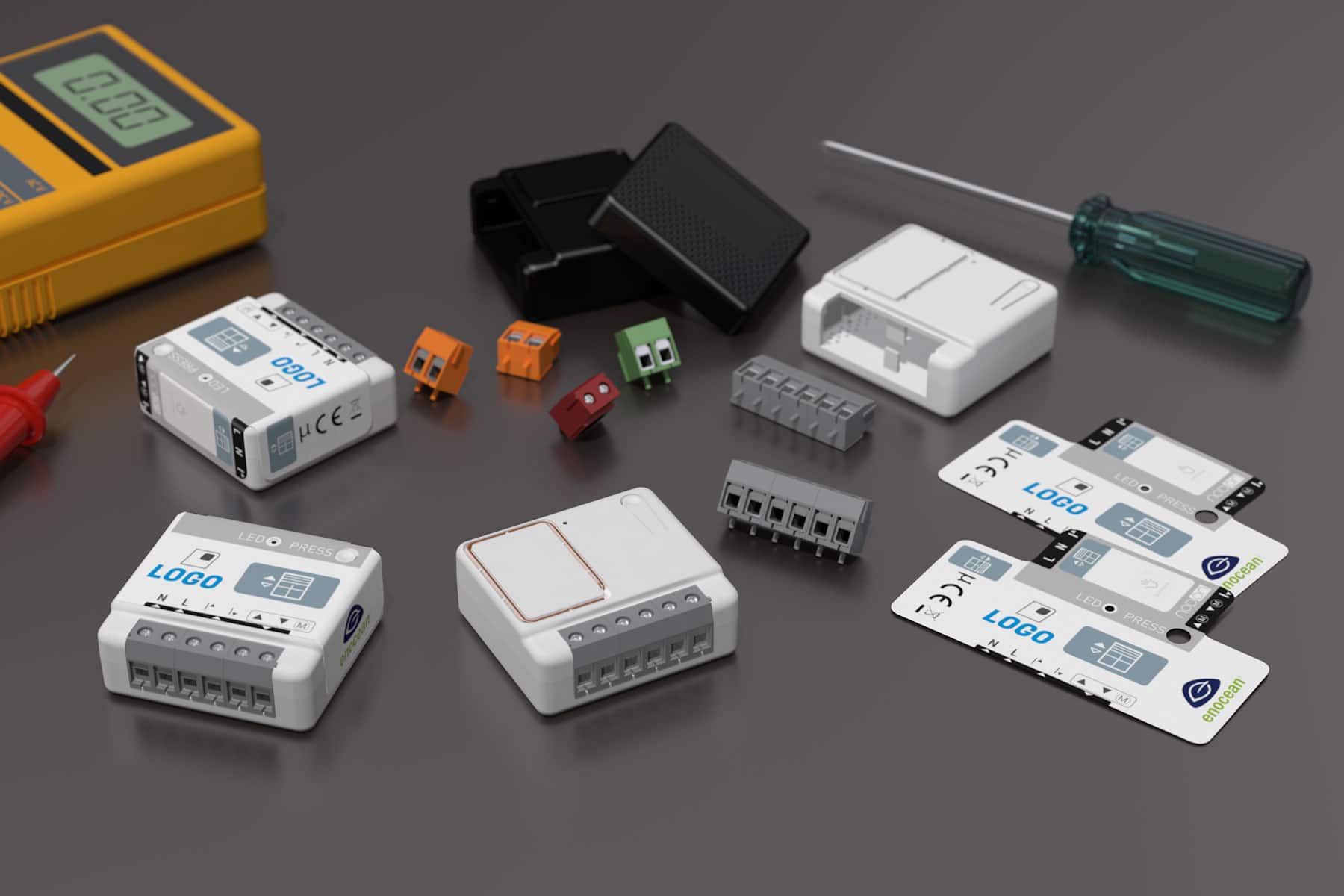
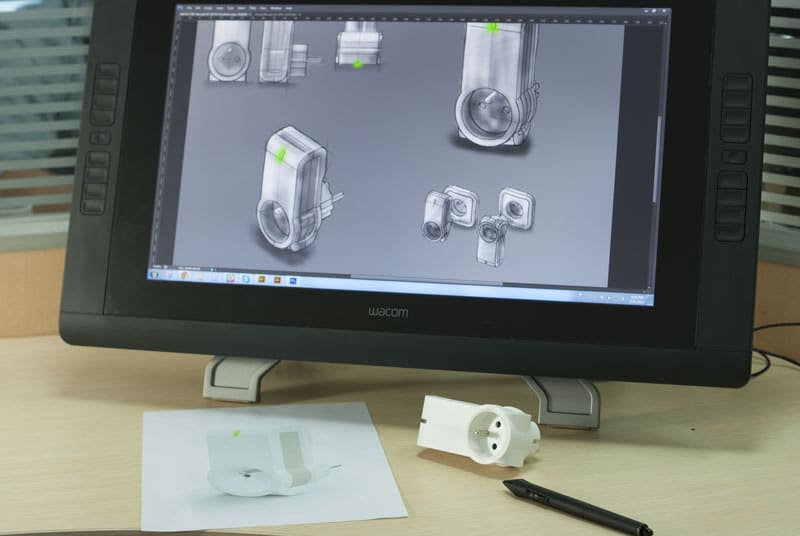
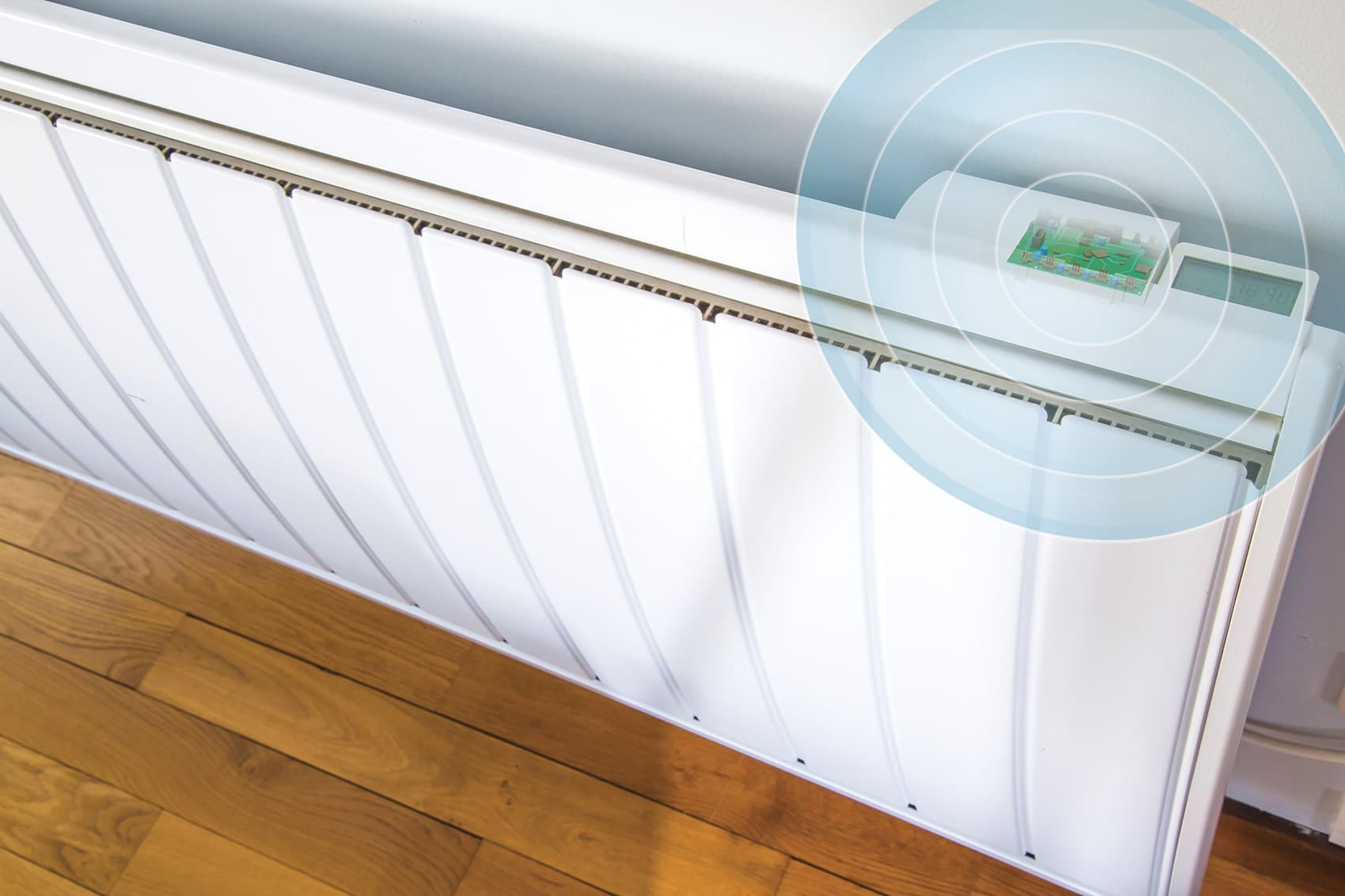


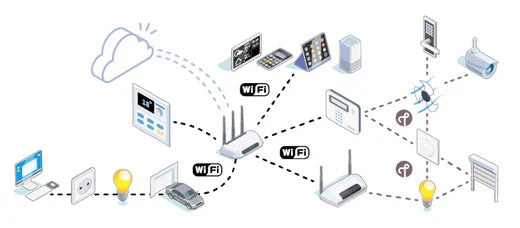
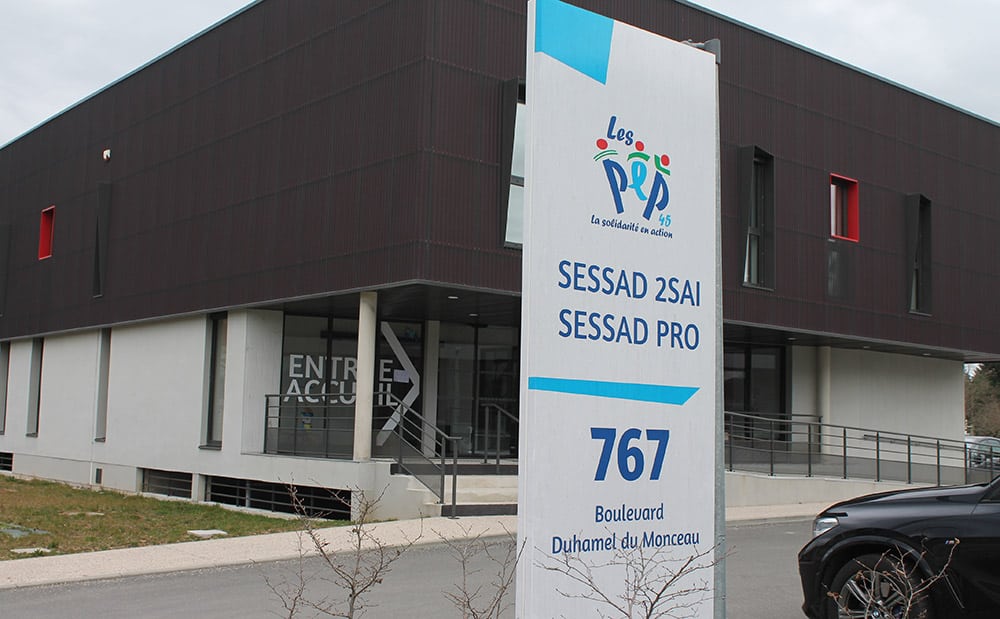
Leave a comment
This site is protected by hCaptcha and the hCaptcha Privacy Policy and Terms of Service apply.